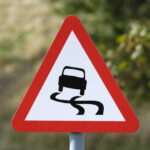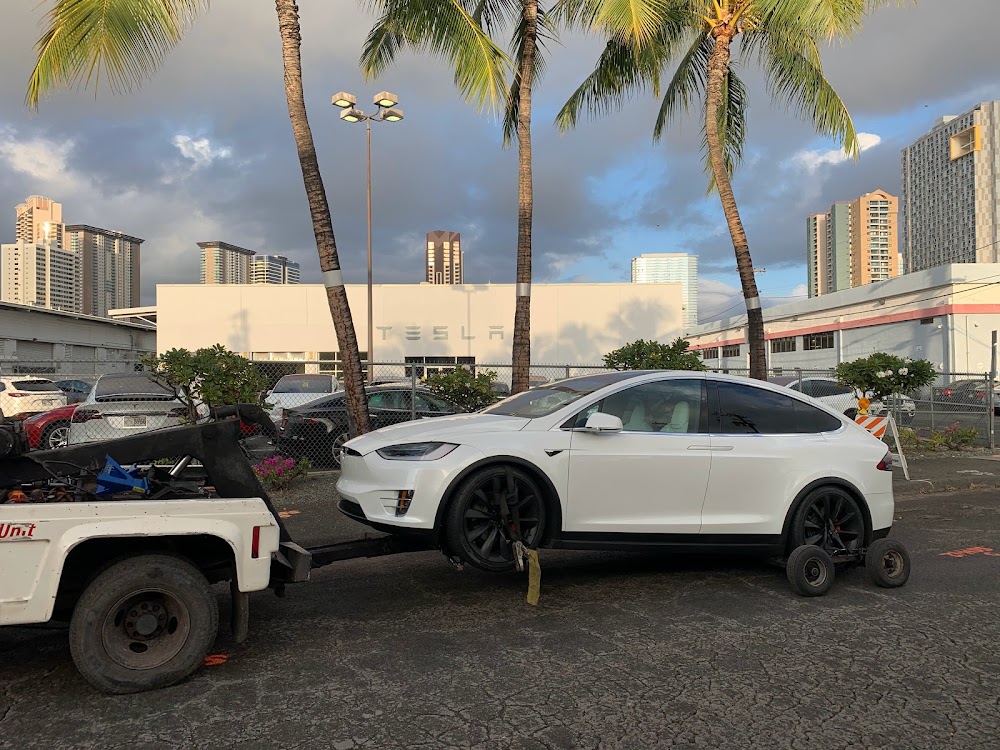Vehicle crime remains one of the most persistent challenges for law enforcement agencies worldwide. While advanced tracking systems, immobilisers, and alarm technologies have become more widespread, criminals continue to find ways to exploit weaknesses in vehicle identification. One such weakness has traditionally been the number plate. Easily cloned, swapped, or tampered with, standard plates have long provided an entry point for illicit activities ranging from fuel theft and toll evasion to more serious crimes like smuggling and car theft.
To address these concerns, many countries have turned to High-Security Registration Plates (HSRPs). These plates represent a significant upgrade from conventional designs, incorporating tamper-resistant features and advanced security markers that make them much harder to duplicate or manipulate.
High-Security Registration Plates are designed to achieve two core objectives. The first is authenticity—ensuring that every vehicle can be accurately linked to its official registration record. The second is deterrence—making it so difficult and costly for criminals to alter plates that the risk outweighs the potential reward. By achieving these goals, HSRPs strengthen the foundation of road safety, traffic management, and crime prevention.
One of the most important features of HSRPs is the inclusion of tamper-proof mechanisms. Many designs use snap locks or non-removable fasteners that permanently fix the plate to the vehicle. If someone attempts to remove the plate, it breaks or leaves visible evidence of tampering. This discourages theft or illegal swapping of plates between vehicles.
Another feature is the use of holograms, watermarks, or laser-engraved codes. These are similar to the anti-counterfeiting measures seen on passports or banknotes. They provide a quick way for enforcement officers to verify authenticity while making duplication by criminals almost impossible with consumer-level technology. In some regions, HSRPs also include reflective sheeting and unique identification numbers embedded into the design, further strengthening their security credentials.
From a practical standpoint, these innovations also improve Automatic Number Plate Recognition (ANPR) performance. Reflective coatings and uniform character styles make it easier for cameras to capture plate data accurately under varying conditions. This means better toll collection, more reliable traffic monitoring, and enhanced enforcement against uninsured or unregistered vehicles.
The adoption of HSRPs is particularly relevant in countries with high rates of plate cloning and vehicle-related fraud. By tying each plate to a centralised database and embedding unique identifiers, authorities can reduce cases of stolen cars being resold with fake documentation. Insurance companies also stand to benefit, as more secure plates reduce the risk of fraudulent claims linked to cloned or disguised vehicles.
Despite their clear advantages, the rollout of High-Security Registration Plates has not been without challenges. Cost remains a key barrier. Upgrading millions of vehicles with new plates requires investment not only from drivers but also from governments, who must fund public awareness campaigns and enforcement mechanisms. Logistical hurdles, such as ensuring sufficient supply and standardisation across regions, also complicate adoption.
Consumer resistance is another issue. Many drivers question why they should pay more for plates when traditional ones appear to do the job just fine. The benefits of HSRPs—such as reduced crime and better enforcement—are often indirect, making it harder to convince the public of their immediate value. This is where strong communication and visible results are essential.
Industry stakeholders have an important role in bridging this gap. Established providers such as Regplates, who have long supplied registration solutions, can help by ensuring that HSRPs are manufactured to exacting standards while also engaging in public education. By explaining how secure plates protect motorists from fraud and by working with law enforcement to ensure smooth implementation, trusted companies can help accelerate acceptance and adoption.
Globally, several countries have already made HSRPs mandatory. India, for example, introduced a phased rollout requiring all new vehicles to carry high-security plates. The move has improved compliance and given authorities better tools to combat fraud. In Europe, many nations are experimenting with hybrid approaches, combining HSRPs with digital verification systems that tie plate data to secure online registries. These examples suggest that while implementation may be gradual, momentum is building toward wider adoption.
Looking to the future, HSRPs may also serve as a stepping stone toward fully digital or smart number plates. By embedding RFID chips or QR codes into already secure designs, plates could one day integrate seamlessly with smart city infrastructure, enabling real-time verification, automated toll payments, and enhanced traffic analytics. Importantly, the secure physical foundation of HSRPs ensures that such digital enhancements remain protected against tampering or misuse.
High-Security Registration Plates are not a silver bullet, but they represent a major advance in the ongoing battle against vehicle crime. By making cloning, tampering, and theft far more difficult, they strengthen trust in vehicle identification systems and pave the way for smarter mobility solutions. The slow adoption curve reflects the practical and financial hurdles that come with any large-scale change, but the long-term benefits for road safety, enforcement, and consumer protection are undeniable.
As vehicle technologies evolve and cities become smarter, secure identification will only grow in importance. High-Security Registration Plates provide a solid foundation for this future, combining physical resilience with the potential for digital integration. They may not eliminate crime entirely, but they significantly raise the bar—making roads safer, data more reliable, and the fight against fraud far more effective.











